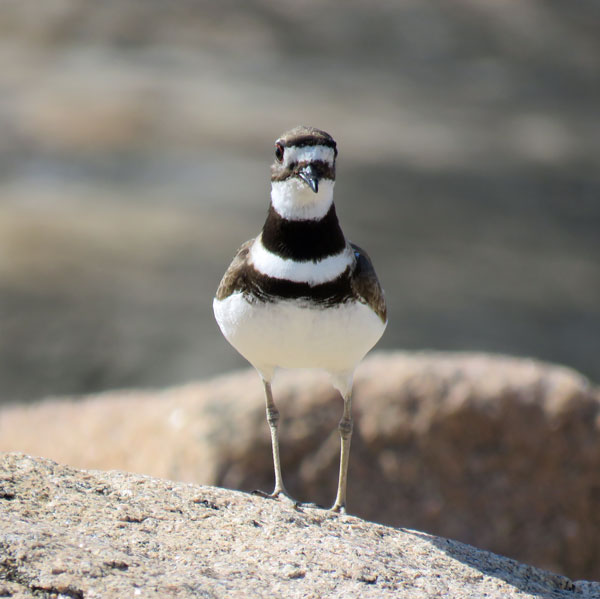
outside my kitchen window

Now that some leaves have fallen off our tree we can see the little birds better from the kitchen window. We discovered a little nest deep in the branches. We are grateful to the tree for shading us from the hot sun all summer, and now with the leaves gone it will let some sunlight in to warm us up.
On Friday we decided to take a walk in the woods at a town park we’ve driven past many times, not realizing it wasn’t just a dog park, which is only a small part of the huge property. But first, as we were driving by the post office we had a close encounter with Thelma & Louise, a pair of male wild turkeys.

They are local celebrities and even have their own Facebook page, where humans post pictures of their sightings. A biologist weighed in and said they were two males, but the names Thelma & Louise remain stuck to them. They hang out in downtown Groton and regularly stop traffic as they stroll across the streets.

But nobody seems to get irritated with them as they wait patiently for the turkeys to get out of harm’s way.

We’ve crossed paths with them many times but this was the first time there was a place we could pull over and get a few pictures. I posted these on Facebook. 🙂

On to Copp Family Park. It was gorgeous! And we had a nice long walk because the uneven terrain on the trails was good for Tim’s back and hip. We even had to cross a stream using stepping stones. It felt so good to be deep in the woods again. No mosquitoes! In fact, we were wearing our winter coats because it was only 37°F (3°C) when we left the house.



The picture below is a failed attempt to capture a woodpecker, but I kind of like the pleasing composition.

I found a tree hosting lots of reindeer moss, at least I’m pretty sure that’s what this lichen is called…



I was holding a small clump of reindeer moss in one hand, a little piece of that branching, pale green-grey lichen that can survive just about anything the world throws at it. It is patience made manifest. Keep reindeer moss in the dark, freeze it, dry it to a crisp, it won’t die. It goes dormant and waits for things to improve. Impressive stuff.
~ Helen Macdonald
(H is for Hawk)

I even spotted some on the ground farther along the trail.





After we got back to the car we decided to go for a leaf peeping drive and wound up at the cider mill and a cemetery. Will share those pictures in the next post!


















































































































